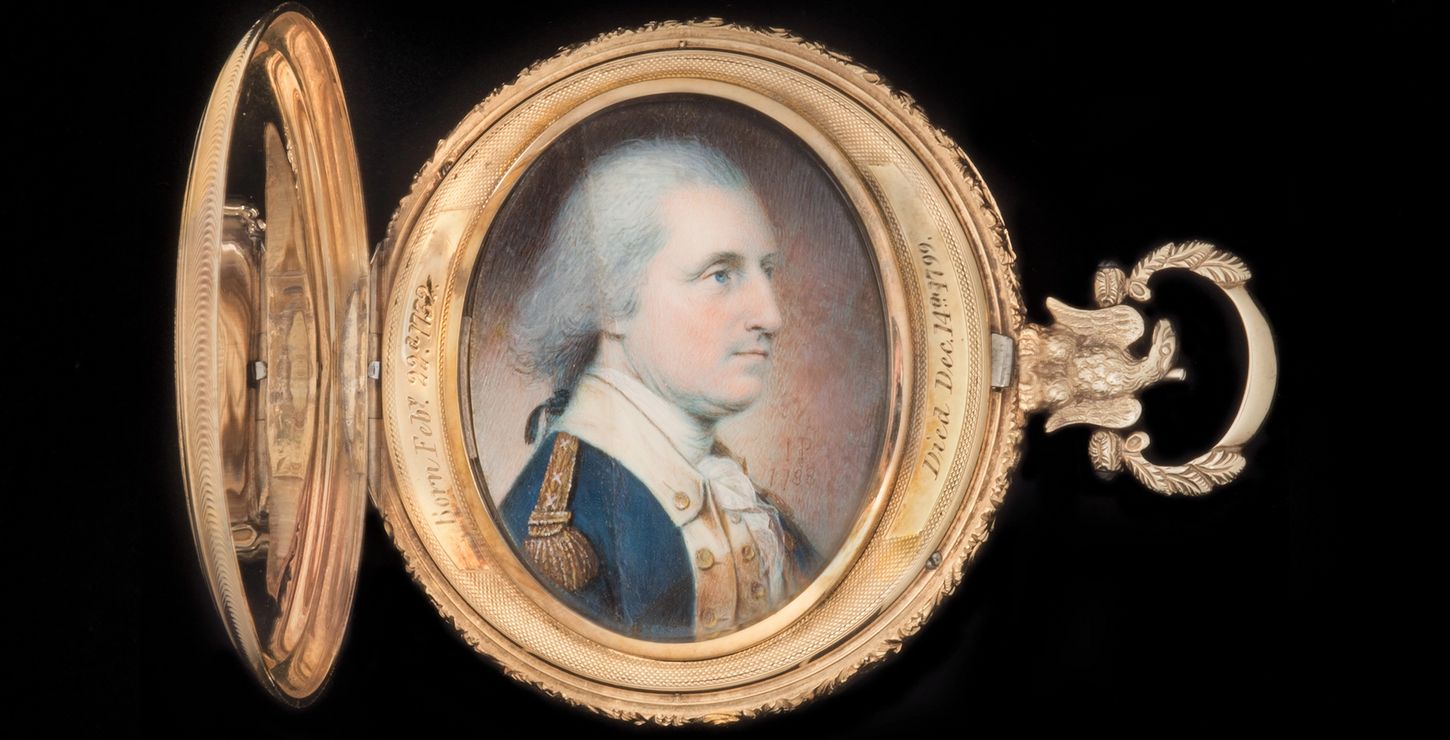Gallery 219
Main Building

George Washington, 1788, by James Peale (American, 1749–1831) (Dietrich American Foundation)
A rare selection of American art from the 1700s and 1800s, including portraits of George Washington, a teapot made by Paul Revere, and silver from colonial Philadelphia. Explore H. Richard Dietrich Jr.’s vision as a collector and his foundation’s mission to share important examples of American art with the public.
About the Collector
H. Richard Dietrich Jr. (1938–2007) began to collect American art and artifacts for himself as a young man and later to furnish his home in Chester County, Pennsylvania. He saw his extensive collection as a tool for understanding American history, often acquiring objects by known makers or with a strong family history.
In 1963 he established the Dietrich American Foundation, to which he contributed much of his wealth, energy, and time. The foundation has lent works from its collection to more than a hundred institutions, including the Philadelphia Museum of Art.
In addition to pursuing a career in business, Dietrich devoted his time to the museum—as a patron and a member of the Board of Trustees and Chair of the American Art Advisory Committee—as well as to other public institutions in the region. The foundation’s long-term loans to the museum, including objects in this exhibition, began in 1966 and continue to this day.
Gallery 219
Main Building
The exhibition is made possible by the Dietrich American Foundation in honor of H. Richard Dietrich Jr. (1938–2007).
Deborah Rebuck, Dietrich American Foundation Curator, with Kathleen Foster, The Robert L. McNeil, Jr., Senior Curator of American Art, and Director, Center for American Art; and David Barquist, The H. Richard Dietrich, Jr., Curator of Decorative Arts
Check out the variety of events offered by this program, for members and the public alike.